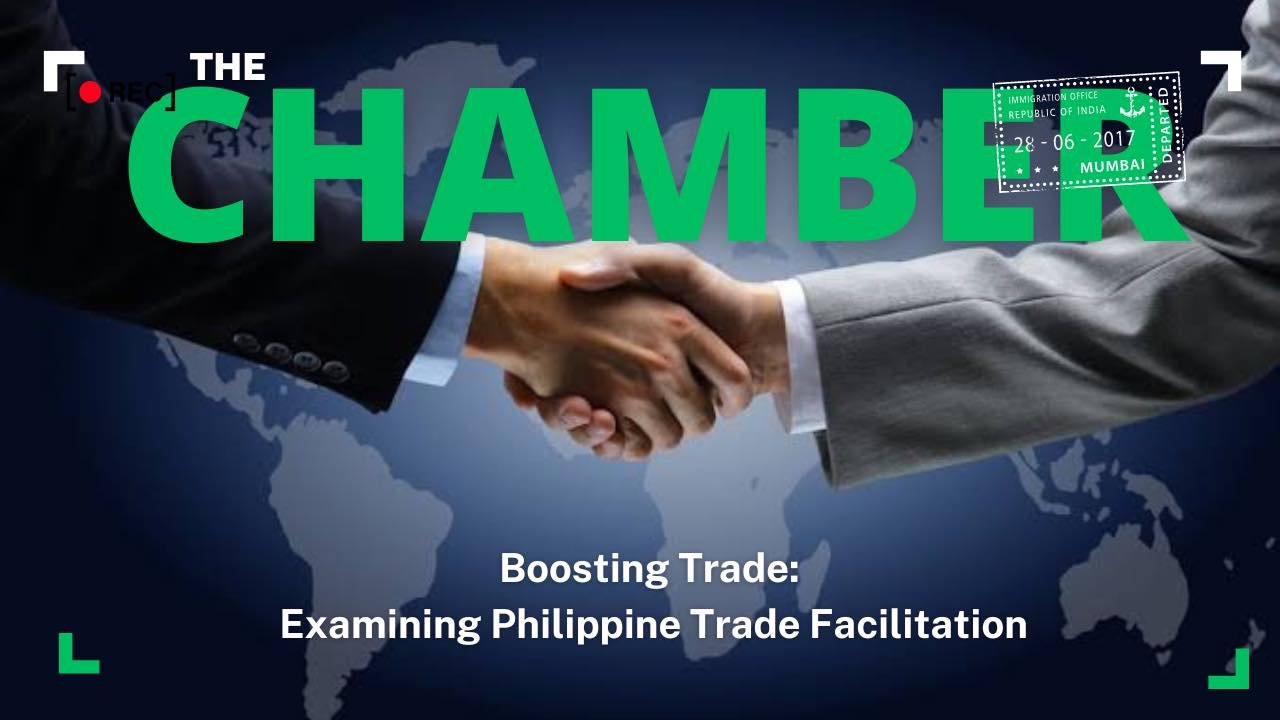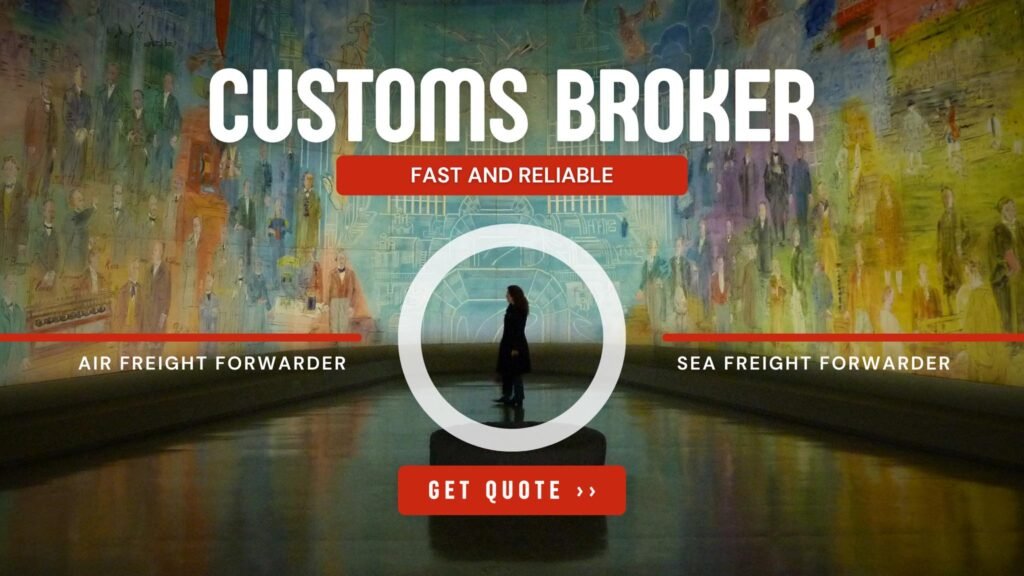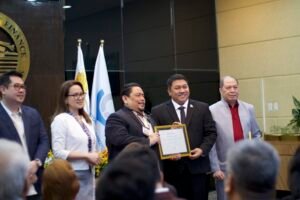Efficient customs procedures play a pivotal role in fostering international trade and economic growth. Recognizing this, governments around the world, including the Philippines, have implemented various trade facilitation initiatives and programs. These initiatives aim to streamline customs procedures, reduce processing times, and enhance the overall trade environment.
Trade facilitation in the Philippines involves simplifying and improving international trade processes, policies, and infrastructure. This aims to reduce barriers, enhance customs procedures, and promote efficient logistics. The country actively implements measures to boost competitiveness and attract investments, including electronic customs systems and infrastructure enhancements. Participation in international agreements further aligns trade procedures and standards. These efforts are vital for driving economic growth, boosting trade, and integrating the Philippines into the global economy.
Authorized Economic Operator (AEO)
The Authorize Economic Operator (AEO) program is a flagship initiative of the Bureau of Customs (BOC) in the Philippines. It is designed to enhance supply chain security and facilitate trade by recognizing operators that meet specific security and compliance standards. Under the AEO program, certified operators, including importers, exporters, customs brokers, and logistics providers, are granted certain benefits and privileges, such as simplified customs procedures, priority clearance, and reduced inspection rates.
Key Components of the AEO Program:
1. Security Standards: AEO certification entails meeting stringent security criteria to safeguard the international supply chain against potential risks, including terrorism, smuggling, and theft. Certified operators are required to implement robust security measures and protocols throughout their supply chain operations.
2. Compliance Requirements: In addition to security standards, AEO certification also entails demonstrating compliance with customs regulations, tax laws, and other relevant legislation. Certified operators must maintain accurate records, submit timely declarations, and cooperate with customs authorities to ensure transparency and compliance.
3. Benefits and Privileges: Certified AEOs enjoy a range of benefits aimed at facilitating trade and reducing administrative burdens. These benefits may include expedited customs clearance, reduced inspection rates, access to dedicated lanes or facilities, and preferential treatment during customs audits and verifications.
Subscribe to the MyCCBI365 newsletter
Other Trade Facilitation Initiatives
Apart from the AEO program, the Philippine government has instituted various other trade facilitation initiatives and programs to bolster the efficiency and competitiveness of its trade environment. These measures might comprise:
1. Single Window System: The Philippine National Single Window (NSW) is an electronic platform enabling traders to submit regulatory documents and secure permits or clearances from multiple government bodies through a single online portal. This system streamlines customs processes, reduces paperwork, and expedites goods clearance.
2. Customs Modernization and Tariff Act (CMTA): Enacted in 2016, the CMTA brought significant reforms to modernize customs operations and align them with global standards. The legislation aims to simplify customs clearance, enhance transparency, and minimize bureaucratic hurdles, thereby fostering trade facilitation and improving the ease of doing business.
3. Trade Information Portals: The Philippine government has established online platforms like the BOC website and the Philippine Trade Information Network (PTIN) to furnish traders with access to customs procedures, tariff details, trade regulations, and import-export documentation. These portals serve as valuable resources for traders, enabling them to stay informed and navigate customs clearance more efficiently.
Customs Trade Facilitation initiatives' future
The outlook for trade facilitation in the Philippines appears promising, with ongoing endeavors focused on enhancing efficiency and competitiveness in global trade. Key factors influencing the future of trade facilitation in the nation include:
1. Advancements in Digitalization and Automation: Continued investment in digitalizing and automating customs processes is anticipated. This involves expanding the utilization of electronic platforms for document handling and processing, thereby reducing paperwork and processing durations.
2. Improvements in Connectivity and Infrastructure: Infrastructure enhancements, particularly in ports and transportation networks, will be pivotal in advancing trade facilitation. Investments in modernizing infrastructure are poised to streamline the flow of goods and diminish logistics expenses.
3. Potential Trade Policy Reforms: The Philippines may pursue further reforms in trade policies to align with global standards and agreements, fostering a more open and competitive trade environment. Such reforms might encompass simplifying trade regulations, lowering tariffs, and enhancing trade-related services.
4. Focus on Capacity Building and Institutional Strengthening: Efforts to bolster the capacity of customs officials and other trade-related agencies will persist. This includes initiatives such as training programs, knowledge-sharing endeavors, and investments in technology and human resources to enhance trade facilitation capabilities.
5. Emphasis on Partnerships and Collaboration: Collaboration with international organizations, neighboring nations, and private sector entities will remain pivotal. This entails sharing best practices, harmonizing trade protocols, and collectively addressing emerging trade facilitation challenges.
Conclusion: Trade facilitation initiatives and programs play a crucial role in promoting economic development and competitiveness in the Philippines. By streamlining customs procedures, reducing processing times, and enhancing supply chain security, these initiatives contribute to a more efficient and conducive trade environment. Traders and businesses in the Philippines are encouraged to leverage the benefits of programs like the AEO program and other trade facilitation measures to optimize their operations, minimize costs, and capitalize on opportunities in the global marketplace.
Denver Chua, Lcb, Reb
General FAQs
Trade facilitation refers to the efficient movement of goods and services across borders, and it involves a range of processes, procedures, and regulations. In the Philippines, key elements of trade facilitation include:
- Customs Procedures and Documentation: Simplified customs processes are critical to reducing delays and costs for traders. The Bureau of Customs (BOC) has worked on electronic processing systems like the Electronic-to-Mobile (E2M) system to improve efficiency.
- Port and Infrastructure Development: Ports like Manila, Batangas, and Davao are essential for the Philippines' international trade. Improving infrastructure, such as port facilities, is crucial for reducing congestion and increasing throughput.
- Regulatory Reforms: Streamlining regulations related to import/export permits, licenses, and inspections can ease the burden on traders. Agencies like the Department of Trade and Industry (DTI) and the National Economic and Development Authority (NEDA) oversee policy changes aimed at improving trade processes.
- Trade Agreements and Regional Cooperation: The Philippines is a member of multiple free trade agreements (FTAs), such as the ASEAN Free Trade Area (AFTA) and the Regional Comprehensive Economic Partnership (RCEP), which facilitate smoother trade relations with neighboring countries.
- Digitalization and E-Commerce: The growth of e-commerce in the Philippines has led to a push for better digital infrastructure to facilitate cross-border e-commerce and reduce trade barriers.
Despite efforts to enhance trade facilitation, the Philippines still faces several challenges:
- Bureaucratic Red Tape: Lengthy and complex procedures in customs, licensing, and regulatory approvals can delay the clearance of goods. Corruption and inefficiency in some government agencies exacerbate these issues.
- Port Congestion: Major ports, particularly the Port of Manila, suffer from congestion due to limited capacity and inefficient logistics, leading to longer wait times for cargo clearance.
- Inadequate Infrastructure: While improvements are underway, there are still gaps in physical infrastructure like roads, bridges, and logistics hubs that hinder the smooth flow of goods, especially in rural areas.
- Complex Tariff and Non-Tariff Barriers: Although tariffs have been reduced in line with trade agreements, non-tariff barriers such as sanitary and phytosanitary measures, complicated import requirements, and standards compliance can still be a burden for exporters and importers.
- Security Concerns and Natural Disasters: Trade routes can be disrupted by security threats in certain regions, and the Philippines is prone to natural disasters like typhoons and earthquakes, which can disrupt supply chains.
Participation in regional and multilateral trade agreements has generally had a positive effect on trade facilitation in the Philippines:
- Reduction of Tariffs: Free trade agreements (FTAs) like the ASEAN Free Trade Area (AFTA) and RCEP have led to reduced tariffs, making Philippine exports more competitive in international markets.
- Harmonization of Standards and Regulations: International trade agreements often include provisions for the harmonization of technical standards, which can reduce the burden of complying with different regulations across countries.
- Improved Market Access: Trade agreements improve access to markets in partner countries by reducing non-tariff barriers, simplifying customs procedures, and ensuring transparency.
- Investment and Infrastructure Development: As part of its FTAs and regional commitments, the Philippines has attracted foreign investment, leading to infrastructure improvements, better logistics systems, and enhanced trade facilitation measures.
Technology is playing an increasingly important role in improving trade facilitation in the Philippines:
- E-Government Initiatives: The government has launched electronic systems such as the E2M (Electronic-to-Mobile) system for customs clearance, and the National Single Window (NSW) to integrate all trade-related agencies and streamline document processing.
- Automated Customs and Risk Management Systems: The Bureau of Customs has implemented automation and risk management tools to expedite the clearance process and reduce physical inspections of cargo, leading to faster processing times.
- Port Management Software: Port authorities are adopting digital solutions to manage port operations better, track cargo, and reduce congestion.
- E-Commerce Growth: With the rise of digital platforms, e-commerce has become a significant aspect of trade facilitation. The Philippines is working to modernize its customs policies to accommodate cross-border e-commerce, making it easier for SMEs to access global markets.
Improving trade facilitation can have a wide range of positive economic impacts:
- Increased Trade Volumes: By reducing trade costs and enhancing efficiency, trade facilitation can boost both exports and imports, leading to higher trade volumes and economic growth.
- Attracting Foreign Investment: Streamlined procedures and improved infrastructure make the Philippines a more attractive destination for foreign direct investment (FDI), which can contribute to job creation and economic development.
- Boosting Competitiveness: As trade becomes more efficient, local businesses, especially SMEs, can access international markets more easily, leading to greater competition, innovation, and growth.
- Job Creation: Enhanced trade facilitation can lead to the growth of sectors like logistics, warehousing, and distribution, creating new employment opportunities.
- Economic Resilience: A more efficient and competitive trade system helps the Philippines better weather global economic downturns and external shocks by ensuring the smooth flow of goods and services.









